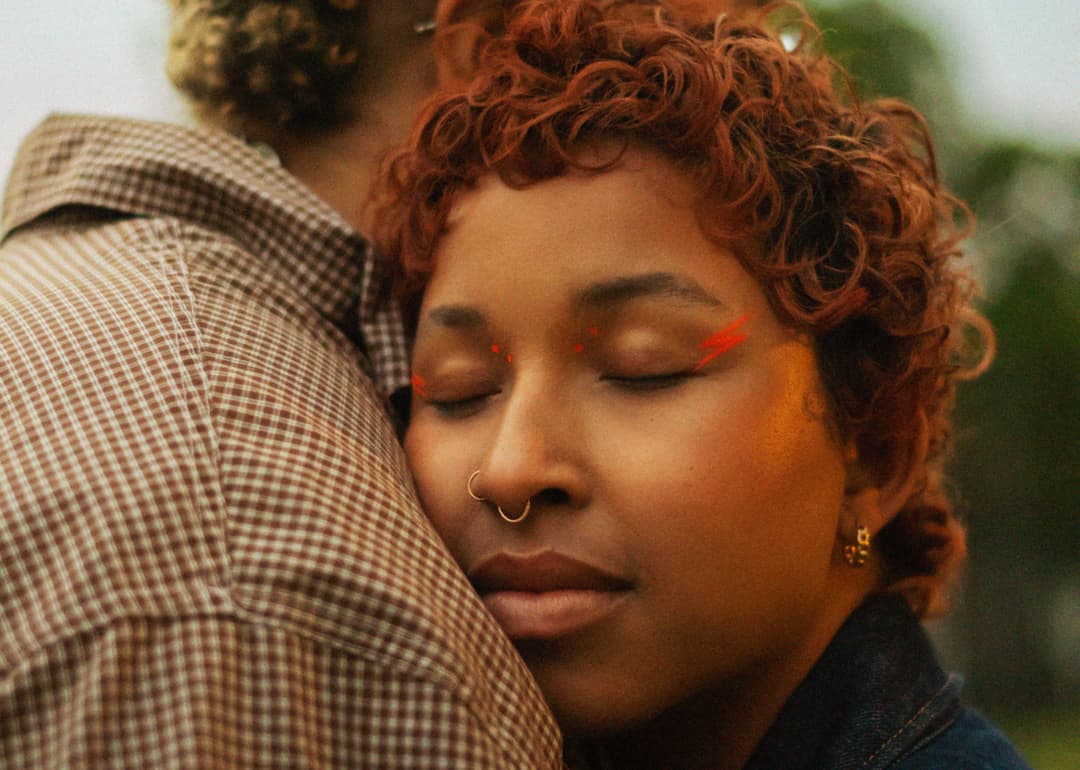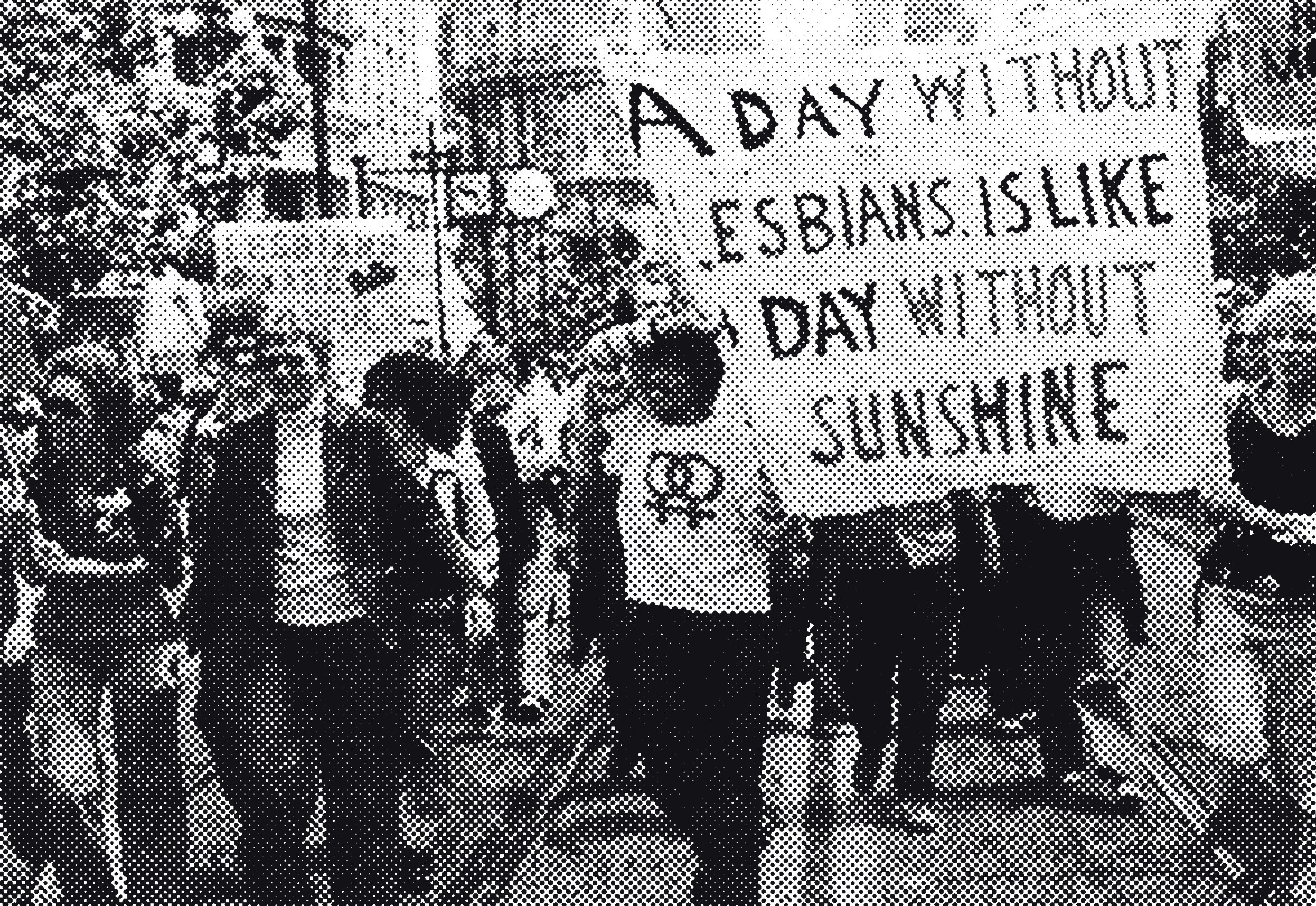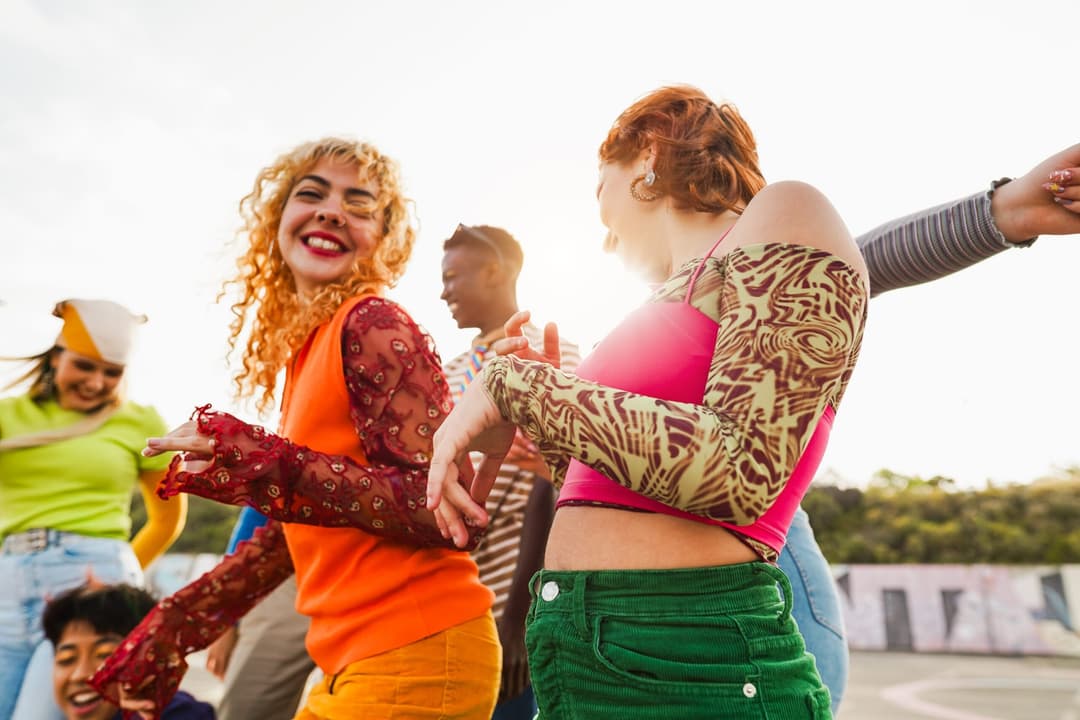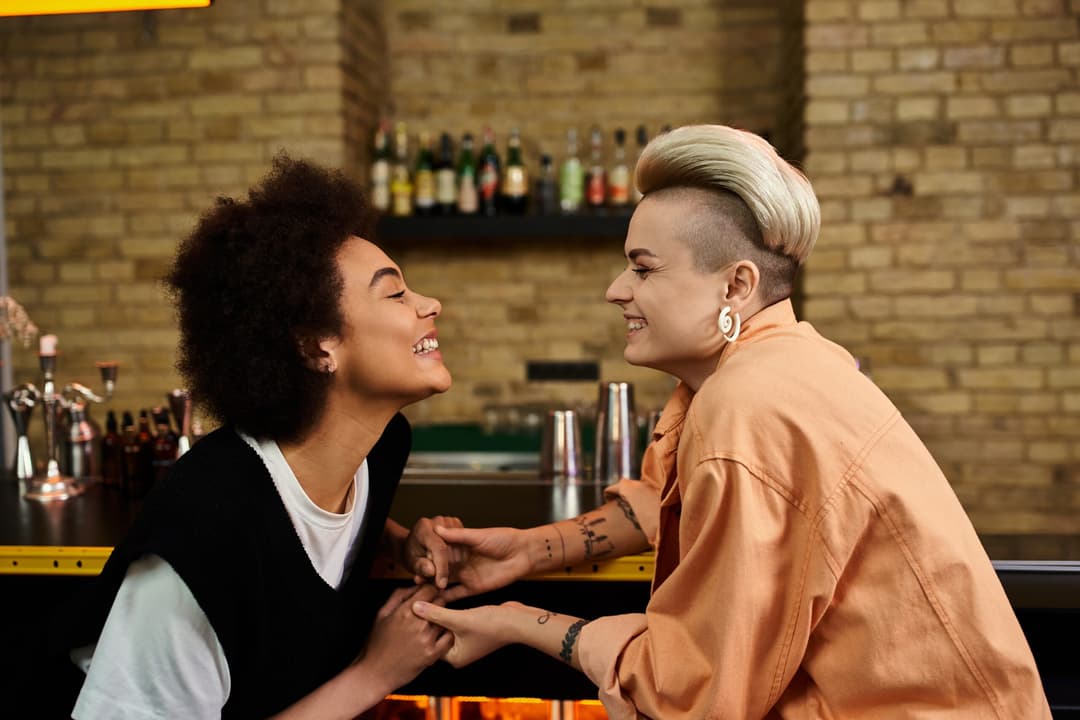Naloxone Saves Lives: Here’s How to Use It
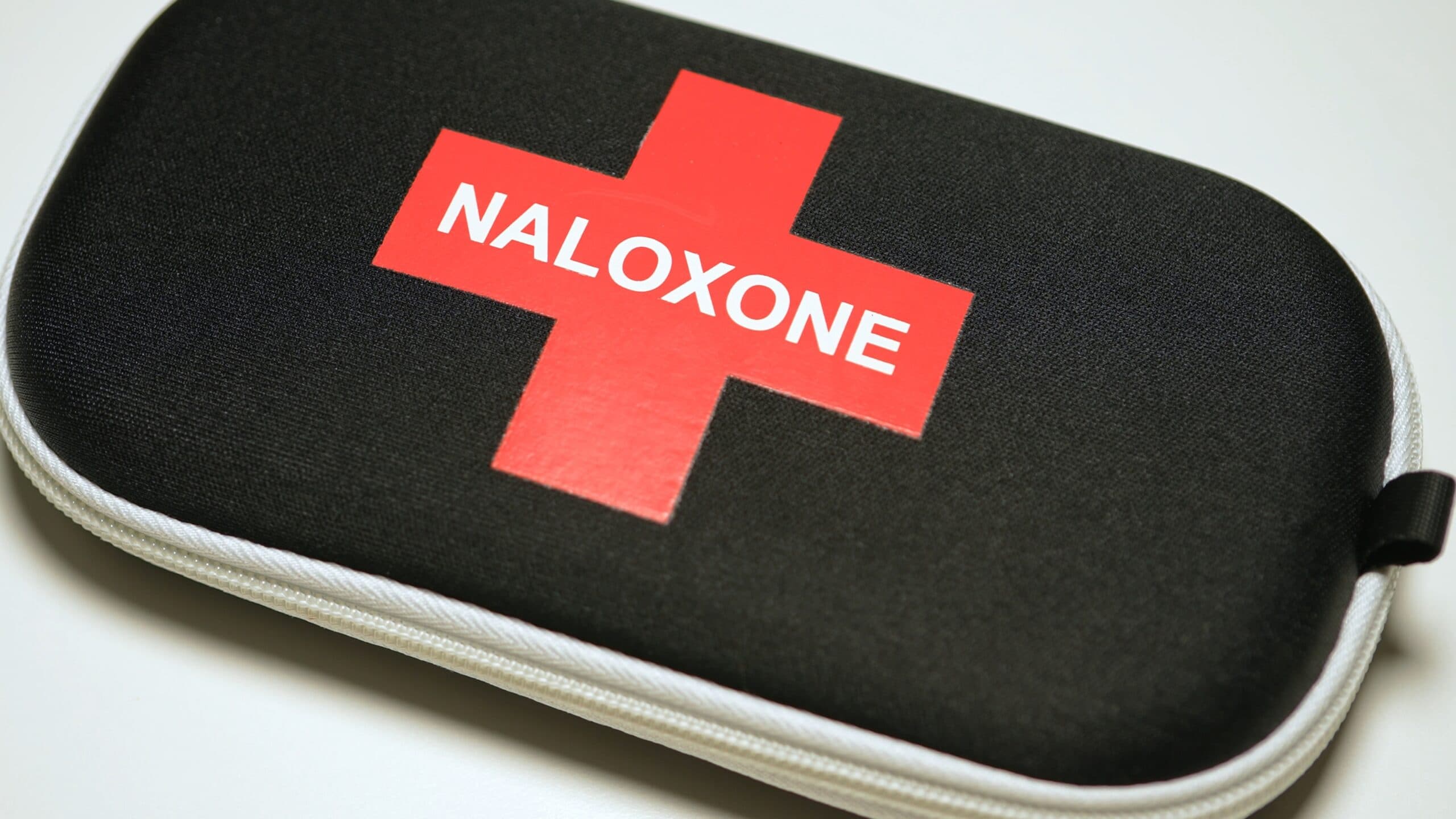
Heard of Naloxone?
Small enough to slip into a bum bag, it’s an easy-to-use medication that can temporarily reverse the effects of an opioid overdose.
Recently, strong synthetic opioids have shown up in drugs sold as cocaine, MDMA and ketamine in Victoria, which means it’s a good idea to carry Naloxone regardless of what drugs you and your friends are planning to take.
It works fast, it’s legal, and it’s safe to use even if you’re not sure whether someone has taken opioids.
Anyone can carry and give naloxone if they see the signs of an overdose. It’s another way for us to look out for community.
Naloxone is free to access through Victoria’s Take Home Naloxone Program
What are opioids?
Opioids are a group of drugs that act on the brain to reduce pain.
You might’ve heard of prescription drugs like oxycodone, morphine, codeine, fentanyl, and tramadol — these are all opioid medications. Drugs like heroin and newer synthetic opioids like nitazenes belong to the same group.
Opioids slow down your body, especially your breathing. Taking too much, mixing them with other drugs or alcohol, or using something stronger than expected can cause you to stop breathing. That’s what leads to an overdose.
This is where naloxone comes in. It temporarily reverses the effects of opioids, helping a person start breathing again until medical help arrives.
What does an opioid overdose look like?
Overdose doesn’t always look dramatic. It can happen to anyone – whether they use opioids regularly, take prescription pain medication, or have unknowingly taken something mixed with opioids.
Look out for:
- Slow, shallow, or no breathing
- For people with darker skin, the skin can turn grayish or ashen; for lighter skinned people, the skin tone turns bluish purple
- Gurgling or snoring sounds
- Limp body or no reaction to touch or voice
- Unresponsive or hard to wake up
If you’re ever in doubt: call 000 and give naloxone.
How to give naloxone
Naloxone comes as a nasal spray or an injection, but the spray (nyxoid) is the most common and easiest option.
Click here for step by step instructions on how to use nyxoid.
It’s important to call 000 straight away if you see the signs of an overdose, even if you have naloxone. The effects of naloxone only lasts about 30-90 minutes, and they’ll need medical care once it wears off.
You can’t mess it up, and you can’t “overdose” someone on naloxone — if you’re unsure, give it anyway.
How to get naloxone
Through Victoria’s Take-Home Naloxone Program
- Pick up naloxone for free, no prescription or Medicare card needed
- Get it from many pharmacies, Needle & Syringe Programs (NSPs), and community health services
- Ask for a quick demonstration on how to use it — it takes less than five minutes
Who should carry naloxone?
- People who use opioids (prescribed or not)
- Friends, partners, and family of opioid users
- Party-goers and people who go to festivals
- Community, hospitality, and nightlife workers
- Basically — anyone who wants to be ready to help if they witness an opioid overdose
Pass it on, queer 2 queer
Victoria’s program is approved for ‘peer-to-peer distribution’. That means naloxone can be shared within the community — you can pick up naloxone not just for yourself, but for your mates too.
What next?
- Use this map to find out where you can get free naloxone
- Become a naloxone pro by doing a training session with a community organisation like Harm Reduction Vic who offer naloxone training.
- Head to Touchbase for more info about naloxone
- Sign up for Barwon Health’s Drug Alert SMS or following updates from and , a peer-run harm reduction initiative. This lets you know when drugs of concern (i.e. ketamine contaminated with synthetic opioids) are found in Victoria.
Bonus points for learning about Victoria’s new pill testing (aka drug checking) program, it’s another easy way to look after ourselves.
Where to
find support
Looking for someone to talk to?
Access safe (and pre-screened) health from our resource list.
